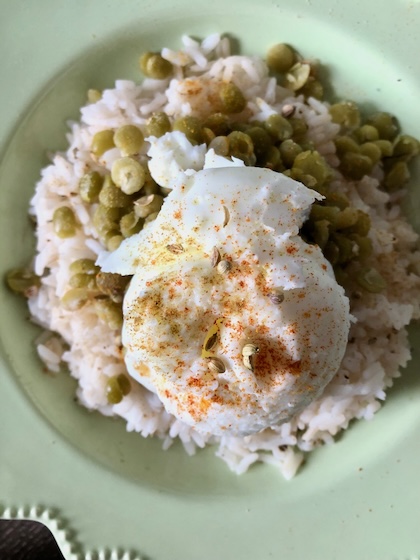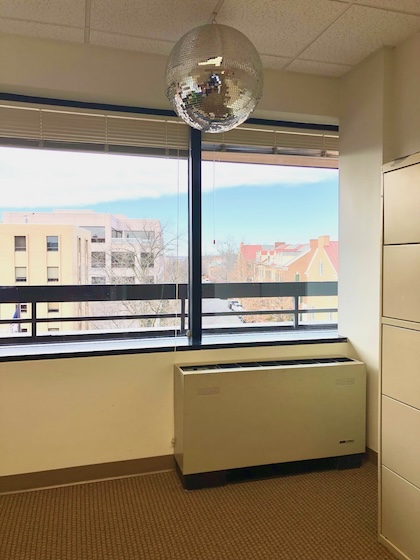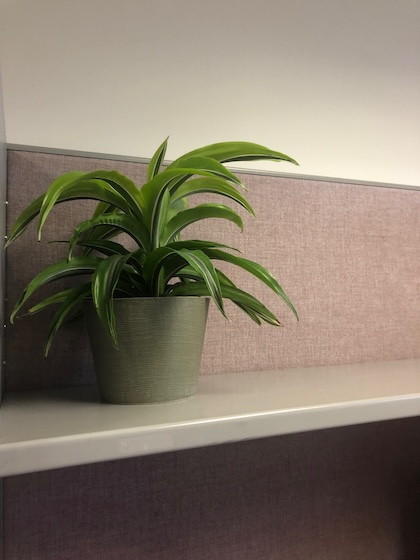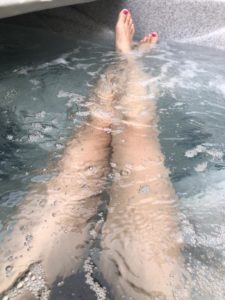Real life vs. virtual world is a reality today. We felt this during the pandemic when we were on lockdown and had opportunity for more virtual connection. Real life was maybe more home and or outdoor focused.
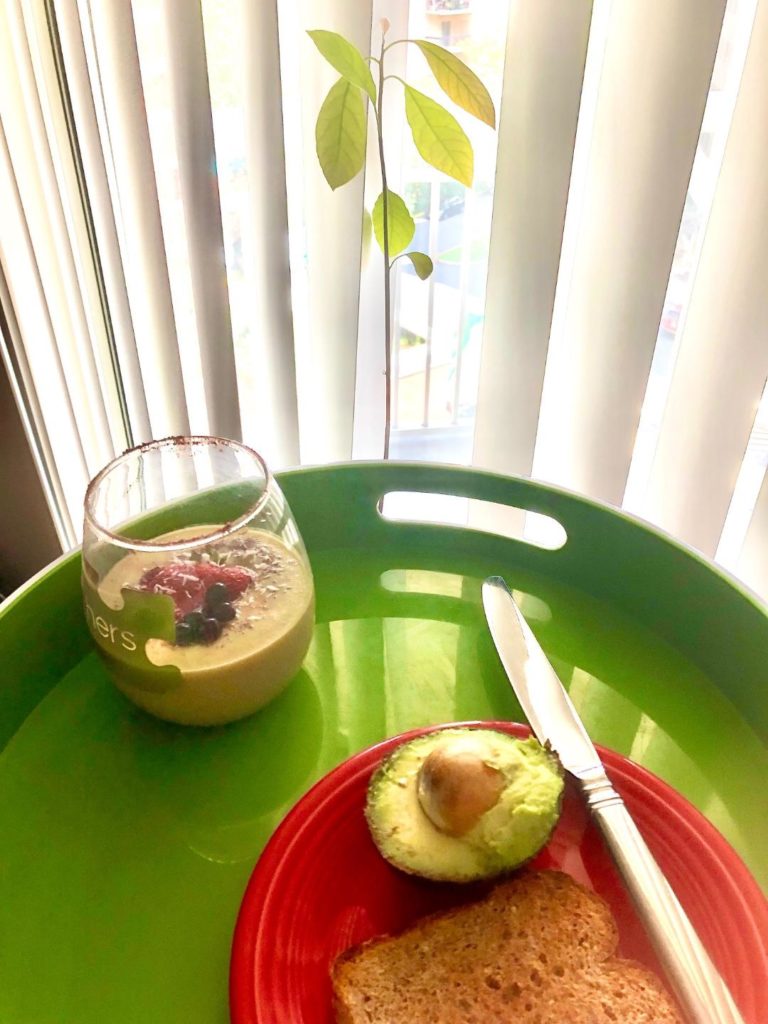
And the lessons we learned were mostly from our own experiences. They shaped us in our hybrid worlds today in 2025 and beyond.
Today we’re balancing real life vs. virtual world digital life where AI is the new digital movement.
It’s a brand new era of possibilities.
Figuring out your balance is where you will get the best reward and living 80/20 real life vs. virtual world is going to be your healthiest best.
You grow when you get out and meet people instead of staring at digital screens. You may be more productive and scalable on your screen reaching more people, but the connections you make with in-person connections will be higher quality.
They also help you have a happier life and get more restful sleep as you’re not staring at blue screen lights non-stop.
Below I provide some ideas and tips from my own self-discovery of an 80/20 balance from 2020 where I clearly saw the contrast and learned useful real life vs. virtual world digital balance lessons.
Co-working spaces are opportunities to make connections and water cooler chat in real life. Zoom and video conferencing are still opportunities to meet more people in different places.
Adding those two meeting opportunities enriches lives and promotes growth in your life and community.
In the Blue Zones regions around the world (with the highest number of vibrant 100 year olds on the planet), community is a common factor.
Conversations happen in community and provide opportunities.
Offline (real life), I once had a office coworker from another department who had over a dozen healthy plants in her office and as a conversation starter I said to her, “the air in here must be really good!”
She pointed out the growth of specific plants (they were her babies), and how wee-small they were when her daughter was born and now off in college.
Proximity was an opportunity to connect and provide opportunity to tear down department communication walls.
That also inspired me to bring in my own house plant as you can never have enough metaphors in life for growth.
And today you may have your work-from-home living situation. And over time, that can get lonely. That’s also when real life vs virtual world connections have the most benefit.
Lessons Learned From 80/20 Real Life vs. Virtual World
If you want to live more balanced, get more good sleep and enjoy this life while not missing seasons. And if you want to get up earlier, rearrange your bed so that it’s closest to the window. Turn the shades so that natural light comes in at sunrise. That transformatively helps to biohack your circadian rhythm naturally.
When I did this, I noticed I got up 1-2 hours earlier every day appreciating sunrise. Getting sunlight in and through your eyes, wakes you up!
Create boundaries so you can have the balanced, 80/20 happy life you want.
You can count how many days you’ve left your house. And if it’s less than 4 per week, that’s a sign that you’re less than 50% doing real life with others.
And you find that you’re flip-flopped or less than 20% in the real life vs. the virtual world (80% plus), you definitely want to evaluate and change some things so you can “stop and smell the roses” and enjoy your foods, that are not in digital cookies. 😊
That’s what I found my life was becoming back in our social distancing world days.
And now that we are socializing again, it’s still not the same as in the past.
It is reported that Gen Z generations living in this increasingly heavy digital world are reporting their sleep is suffering. Unlike younger and older Millennials (Xennials), they weren’t all born before the internet so they only know the Web 3 and beyond worlds.
These days not having digital boundaries is definitely affecting any of us, so it’s good to be aware.
Counting and gauging your overall daily hours online is a healthy, first-step awareness exercise.
This brings me back to the point of finding the best balance that’s achievable.
Keeping a calendar helps to check your real life vs. virtual world balance. And if you keep a printed calendar on-hand then you rely less on the digital world.
Getting inspiration to go back to at least 60% real life vs. virtual world is a healthier balance, no matter what your type of work is, for an overall happier life. Aiming for at least 4 days where you get out of the house.
Besides running errands, you could sign up for events or volunteer so those are built into your schedule.
Your time on Zoom counts as virtual hours. Meeting for coffee in the real world has a different effect than seeing someone on a Zoom screen.
Connecting to people in the virtual world saves travel time and the value is the idea exchange, growing further, sharing, and collaborating newborn opportunities and ideas with people around the world.
So balancing the two worlds (real life vs. virtual world) is tricky.
During 2020, counting hours helped me to become aware of my own behaviors, and helped influence me to add back real-world life hours and joy in a safe physical environment.
One thing is I learned how to use the manual setting on an SLR camera that’s been sitting in a closet for almost a decade dying to be used properly.
Since applying learned camera lessons, I’ve been excited to take photos again in real life.
Another example is, I learned how to use the dough hook that comes with the Kitchen Aid mixer, where I was able to make all types of low-sugar brunch desserts and foods that I missed when I was at real life brunches.
I invented new smoothies, dips, and Magic Bullet blender recipes
And I discovered new food varieties! Like, I didn’t know there was a Cara Cara orange variety until I infused them in my low-sugar orange scones.
If you’re a Vata like me, you can see and appreciate nature changing and evolutions in the world through food variety.
And when adopting enhancements in your adapting life, you probably have progressed more in your life than you give yourself credit for.
Here are some additional positive examples that happened (that are still relevant and you can try!):
2020 Pantry Stock (Real life vs. virtual world)
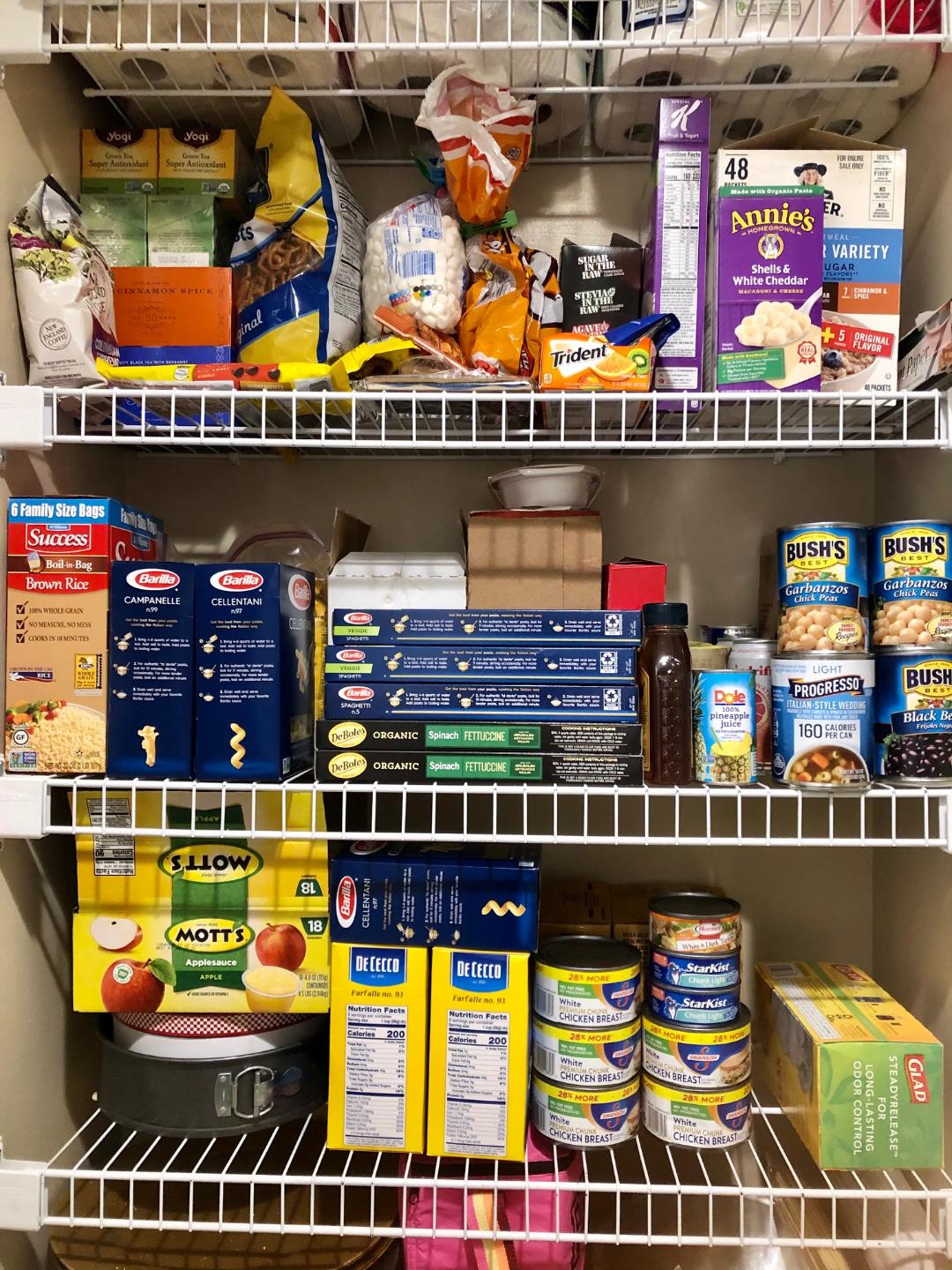
I learned how to stock and keep a supply of grocery goods in a closet pantry for convenience (and just in case), that saves time.
While pulling out older items, I took the time to read the nutrition labels and intentionally deciding to keep some of the “bad foods” that’s readily available when we didn’t know if a food shortage could exist.
…They are still joyful foods for kids and we do live in a real world where it’s good to be sensitive to the world’s food insecurities in community, compassion, and empathy, in a kinder-giving and patient world we’re living in and becoming.
Having a pantry helps make you appreciate the real world vs. virtual world.
When you leave your digital device and healthy food interweb searches, you get to compassionately learn that food banks have lines and where more expensive healthy meal planning is not the main goal of the average American household.
And when I think back to Pop Tarts or a bag of Tootsie lollipops (off the charts in sugar content), I stop healthy judgment, and feel grounded from my humbled beginnings.
These have been popular treats since I was a little girl and taught me to change my ways in 2020 where eczema had a life in me. And since then found the better anti-inflammatory eating ways one baby at a time that’s more like a weekly 7 day eczema diet plan to eliminate any flareups today.
I eat less sugar baking my own desserts which is healthy and something I may have never pursued on my own. 🍥
You just never know how tough situations can pan out and bring in better ways… that you organically learn about living through those seasons one day at a time.
And daily to keep focus, whether you use Post-Its or Trello boards (or digital similar tools) for life productivity, those micro choices shape and shift your 80/20 balanced life.
What tool you use isn’t what’s so important, as much as how they serve you and keeping an 80/20 real life/digital balance.
And that’s the same reason why I have a yoga mat permanently laid out on the floor.
It’s convenient and one less step that can prevent me (and you) from doing a productive and healthy habit.
It’s easy to get distracted in our blending real life vs. virtual world where we balance life-work-and everything else.
A benefit of doing the balance is you stay very relevant to all the changes around you and the world.
Balancing helps to not go extreme in either way.
It allows us not to get left behind in the process of who we could become in this world and also what’s happening in the world.
Catching some of the daily news is helpful but not watching or reading for hours is healthy. We keep using what we learn to benefit our experiences.
And blocking out all social media isn’t necessarily healthy while looking at your devices first-thing in the morning isn’t either. So finding that happy medium balance of 80/20 helps.
Here are a few learned tips to view social media and digital communication (in case you’ve been living out mostly in the real world!):
- Have patience with tools that drop communication and people not replying back because of busy real, and digital life overwhelm reasons. You can be pleasantly surprised how waiting can lower your blood pressure (it has mine).
We didn’t tolerate slow tech issues a decade ago (faster was a goal), and now we’ve mellowed out. Catch yourself from taking no replies back as a personal rejection to you (always believe it’s a technology glitch, other party personal overwhelm, and not your human glitch!).
- Girl, I don’t know you as a reply to a stranger’s DM in social media, is no longer the kinder way you should respond to people reaching out to you in our sensitive #metoo society. Have no judgment.
Some people are unaware as no adult today was born with social media as a daily norm. We’ve all committed to a social media faux pas or two (even if we’re not aware). Kindly react or let someone they know (not you, a stranger to them) respond to them.
And yeah, spam is still spam to a stranger, so unfollow as needed without thinking the Universe is going to take that as your negative energy. Just think, you’re helping spammers (who could be a bot 🤖) figure out who their people are and that so happens to not be you, someone who cares.
- Don’t be afraid to reach out with good intentions. Friend circle divides have been broken. It’s now…. do we have anything in common even if it’s just a mutual engagement on a conversation thread? Don’t overthink. Just post and reply authentically so people know you exist.
If you have kind-hearted intentions, don’t feel regret or question whether you should I have posted or commented? Be brave. Sometimes you only get one chance and then the time has passed.
In network meetings, make a habit to act like that could be the last time you see any one person even though there are future meetings scheduled. You just never know and opportunities don’t wait.
- Social media is encouraging all of us to embrace each other, our vulnerabilities and differences. Being fearless, collaborating, and taking initiative are how you make inroads and meaningful impact.
You may even discover an interest, passion, or purpose in the process! When you listen to other people’s journeys and how they discovered their calling, you realize that they didn’t set out to do what they do.
They found an opportunity and that took them to their next step action that provided the next step clarity. And years later they have blossomed and can look back and re-tell their passion origin story.
- Create discipline for time and space. I found myself pulled into podcasts, social media, Zoom, and other conversations when I wasn’t fully present.
If you don’t need to enter them (e.g. not scheduled on your calendar), then keep staying productive with your main focus task. It could be an activity or it could be staying creative that could be a strategy.
For non-essential tasks, if it’s not a good time or you’re not receptive, come back to those non-real time recordings and listen when you can pay attention to get the most benefit.
Real Life, Work-Life Balance :
I’m very specific and serious about getting high-priority, creativity, and deep-thinking mind activities done in the morning as I protect those golden hours. It’s the natural planner in me.
Then as night falls, I become more flexible about how I feel and anything I do is additional. This leaves wiggle room for being less rigid (quality over quantity).
Like: 8-10 hours work, 6-8 hours sleep, and 8 hours leisure.
Being structured and flexible shapes you into a well-rounded person (generalist), empathetic to the world that’s more needed than ever, and then you add your uniqueness and talents (specialist) to the mix.
You can find your balance and rhythm to do both, in your staying flexible, open, and intentional life.
And if you work or spend most your time at home, creating boundaries is super important. Closing an office door, turning off the television, or shutting down a laptop helps.
Create different room zones that divide activity. Have a special nook for your journaling and reflection time, and a separate area where you exercise.
Even if you’re in tighter quarters like a city apartment or bedroom, you could set a pillow or mat on the floor by the window and that gives you a new perspective.
Defining time and space is more important than the perfect physical space or a large space.
What used to be called “me time” a decade ago (that could sound selfish if over-indulgent), is now prized as self-care in our aware world to what helps to create a successful life. See how the world is coming around 😊
So, keep restoring your inner you and peace, and making micro habit shifts to improve your vitality and grow the relationships around you.
When you healthily re-enter the digital world that never sleeps, you can add more value to your virtual spaces, tribes, and groups.
Set your timer or stack one of your habits.
You can show up adding value and sharing your real-life natural gifts, talents, and mutual interests
And when it’s time to switch back to your balanced 80% real-life (work-life-sleep) routine, put your devices back to sleep. 🛏
Because devices and imbalanced lifestyles, can put you feeling out-of-sorts. Your mind and/or body can feel like it’s in a mood funk from your usual balance, but you can restore your body-mind type imbalances.
I share what I learned from top-to-bottom in one stressful season where I turned to modern Ayurveda ways as a solution that costs you practically nothing and you can do conveniently in your surroundings (even if your home is in a busy city in the Western world) once you know what to do.





